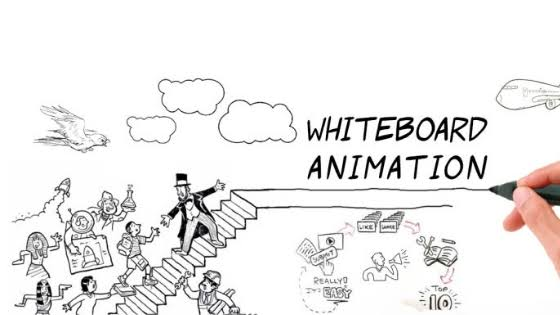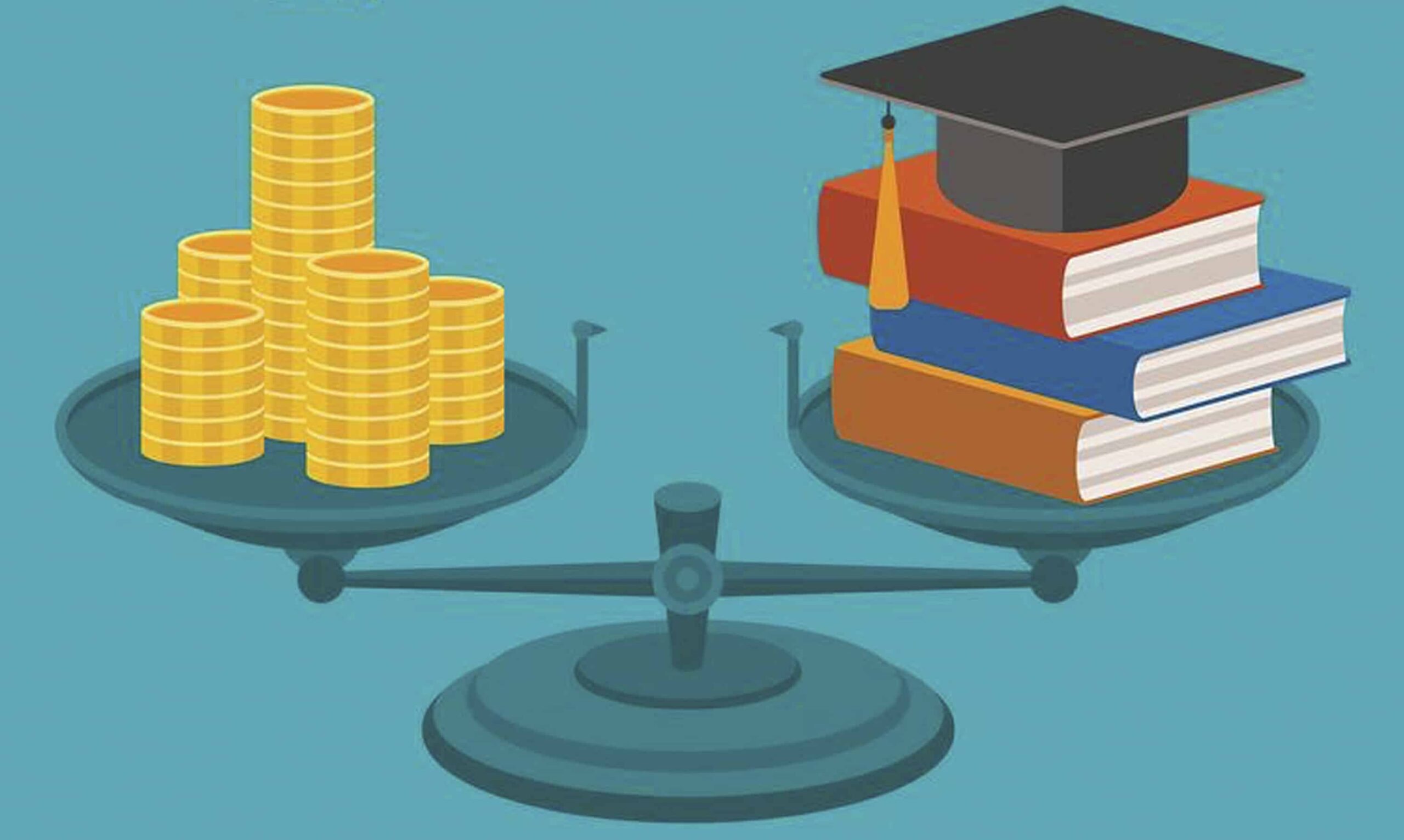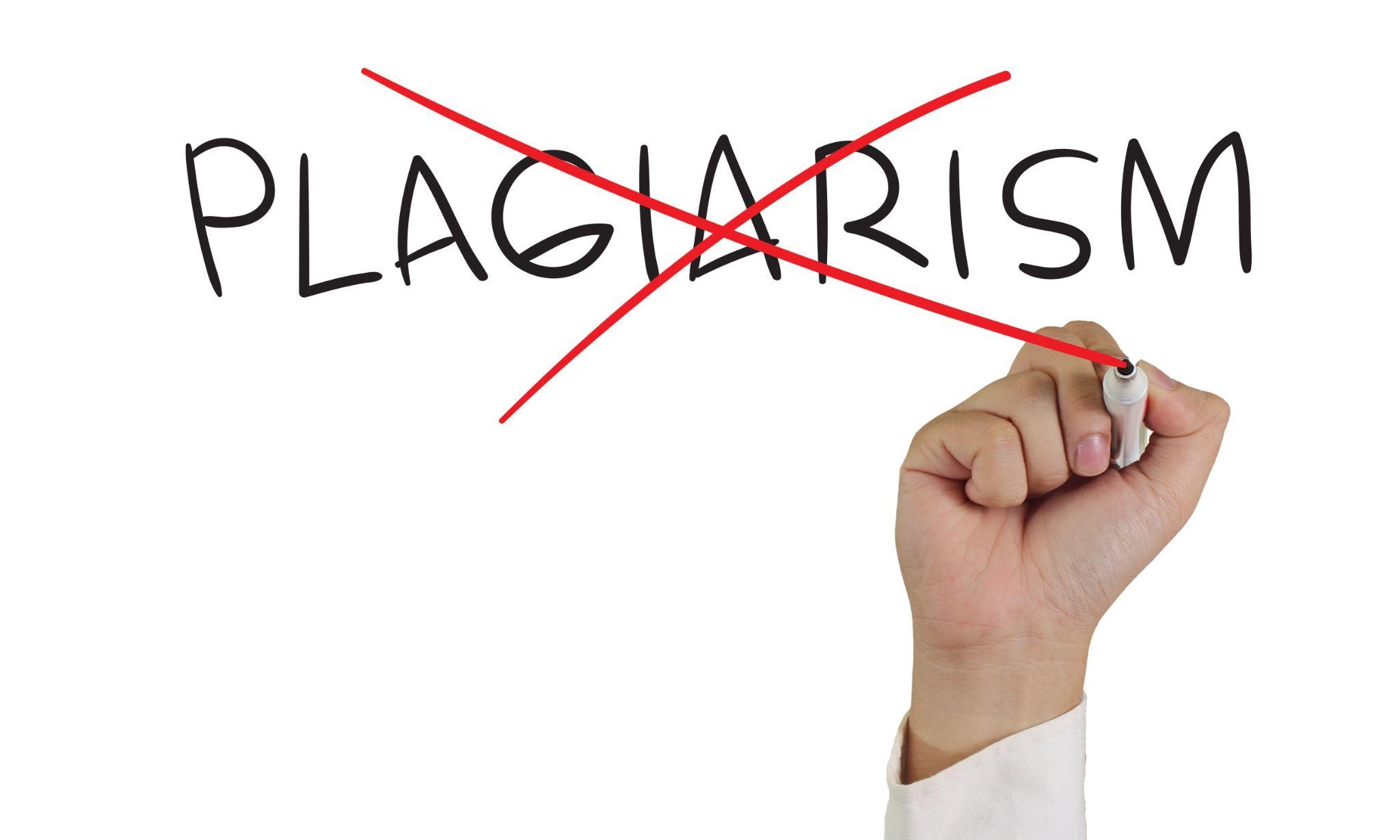
Are Whiteboard Videos Effective? 5 Basic Steps of Whiteboard Video Production
Whiteboard videos have a hypnotic quality to them. There’s a certain kind of magic in watching a story come to life in front of your eyes. Whiteboard animation capitalizes on this sensation by having characters and situations drawn in real-time, making for an engaging video style. If you’ve seen one before, you know it’s true.
If you’re unsure what I’m talking about, here’s an excellent example: Whiteboard animation has a simple aesthetic, consisting of only three key elements: a white background, a continuous black drawing, and the drawing hand.
This pure and simple magic, combined with the fact that whiteboard videos are an apparent reversion to the classroom (what could be more educational than scribbling on a whiteboard? ), declares whiteboard video production as the best video style for educational content.
Whiteboard video production is ideal for explaining complex concepts to your audience in a straightforward manner!
Is it true that whiteboard videos are compelling?
Why are whiteboard videos so popular?
In whiteboard video production, it has been discovered that when the message is presented in a whiteboard animated style, there is an average 15% increase in information remembrance.
Why? They are, after all, entertaining, and people learn better when they are entertained. Likewise, an audience will retain a message better if they are in a good mood. Or, to put it another way, people learn better when they are having fun!
It’s completely understandable because the simpler an object or message is, the less effort the brain needs to process it – which explains why whiteboard video production is an effective communication tool due to its simplicity and aesthetics.
The production of a whiteboard video production consists of five simple steps:
1. A Strong Script
A good whiteboard animation script has a clear structure that consists of three main steps: what, how, and why.
- What is the issue that your audience must solve?
- How does your product address that issue?
- What makes your product stand out?
The answers to these questions form the foundation of any effective explainer video script, shaping the message you want to convey to your audience. Keep in mind that your message should be focused on your potential customer’s problems rather than the specific features of your product.
2. The Plot Diagram
The next step is to make a storyboard. This is a “comic strip” style description of every action and visual aspect of your video. A storyboard for a whiteboard animated video differs slightly from a storyboard for any other marketing video.
This is because, even in the storyboard, you must ensure that every frame is connected – if there is no visual continuity, it’s a flawed whiteboard video production process. In addition, a whiteboard storyboard cannot contain many transitions because a whiteboard video production simulates a person drawing on a whiteboard while telling a story.
3. Provide Examples
A whiteboard video production is typically a significant work of art on a whiteboard. Because whiteboard video production requires every frame to be connected, your drawings must have perfect proportions and be carefully placed.
It’s sometimes interesting to zoom out at the end of a video so that your audience can appreciate the entire illustration. But it also means a lot of work, so you should collaborate with professional illustrators and animators who specialize in this style to ensure everything runs smoothly, and Scribe Bunny is the only vendor that comes to mind when it’s about perfection.
4. Animated Whiteboard
When you’ve completed all of your whiteboard illustrations, it’s time to bring them to life! Traditionally, this technique was created by filming a person drawing in real-time, but it is now entirely digital. Even if it’s not the traditional way to do it, you can add some character animation.
When used correctly, it will improve the quality and personality of your video. Don’t forget the drawing hand, which was also created digitally using a high-quality photo of a hand holding a marker.
5. Voiceovers, Music, and Sound Effects
The final step in creating a whiteboard video is to add voiceovers, music, and sound effects. However, it would be best not to wait until the rest of the steps are completed before working on this. For example, recording the voiceover as soon as the script is finished is recommended because it will set the actual timing for the animation.
Bringing It All Together
Whiteboard videos can be used as an effective educational marketing tool. It’s a style that gets your audience in the mood to learn, but it’s also engaging enough to make learning look cool. People learn better when they are entertained, which is why you should use whiteboard videos to teach any complex concept to your audience effectively!
Use them to introduce your company and explain how your product or service can save the day.
Are you ready to make a fantastic whiteboard explainer video?



